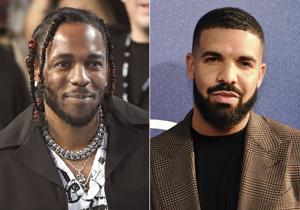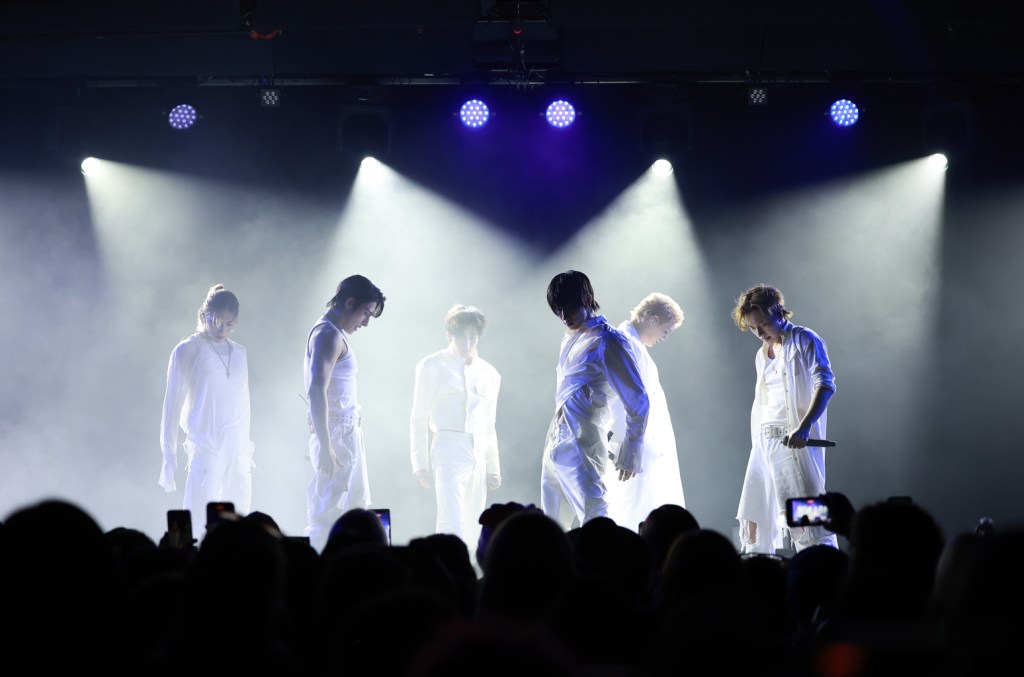The highly publicized lyrical sparring match between music titans Drake and Kendrick Lamar has taken an unprecedented detour, migrating from the recording studio and airwaves directly into a federal courtroom. What began as a fiery exchange of ‘diss tracks’ in the vibrant world of hip-hop has now escalated into a complex legal deliberation, with a federal judge tasked with disentangling the nuanced lines between protected artistic expression and actionable defamation lawsuit claims, stemming from Drake’s case against Universal Music Group.
At the epicenter of this legal maelstrom is Kendrick Lamar’s widely circulated megahit “Not Like Us,” a track replete with the cutting wordplay characteristic of a seasoned rap battle. The court’s recent lively hearing meticulously explored the very essence of such lyrical combat, scrutinizing whether the aggressive verbal assaults fall under the umbrella of creative freedom inherent in artistic rivalries or if they cross a critical threshold into slander. This judicial inquiry into the nature of ‘trash-talking’ within a commercial context highlights the ever-evolving boundaries of artistic license.
The immediate ramifications for both Drake and Kendrick Lamar are substantial, impacting not only their individual careers but also potentially reshaping the landscape of rap battle culture itself. This case forces a critical examination of how far artists can push lyrical boundaries before facing legal repercussions, challenging long-held assumptions about artistic immunity in the competitive music industry. The outcome could dictate the future tone and content of such high-profile feuds.
Beyond the personal stakes for the two prominent artists, this legal challenge carries significant implications for Universal Music Group and the broader music industry. The judge’s eventual ruling is poised to set a crucial precedent for how legal systems interpret and handle creative expression, commercial liability, and the definition of ‘slander or trash-talking’ in the digital age. This decision could fundamentally alter how record labels and artists navigate the contentious realm of public artistic disputes.
This unprecedented courtroom drama further ignites a broader societal debate about the intricate intersection of art, law, and celebrity culture. As public figures increasingly use digital platforms to air grievances and engage in intense rivalries, the lines between personal attacks and artistic commentary become increasingly blurred. The case provides a compelling real-world example of how traditional legal frameworks are grappling with the dynamic and often aggressive nature of modern creative expression.
Ultimately, the judge’s forthcoming decision will not only determine the legal fate of this particular defamation lawsuit but also send a powerful message about the permissible limits of expression within competitive artistic spheres. This case, unfolding amidst intense public interest, serves as a pivotal moment for understanding the evolving legal interpretations of artistic freedom and the potential for litigious aftermaths in a world where every word uttered by a public figure can be dissected and challenged.
Discover more from The Time News
Subscribe to get the latest posts sent to your email.






